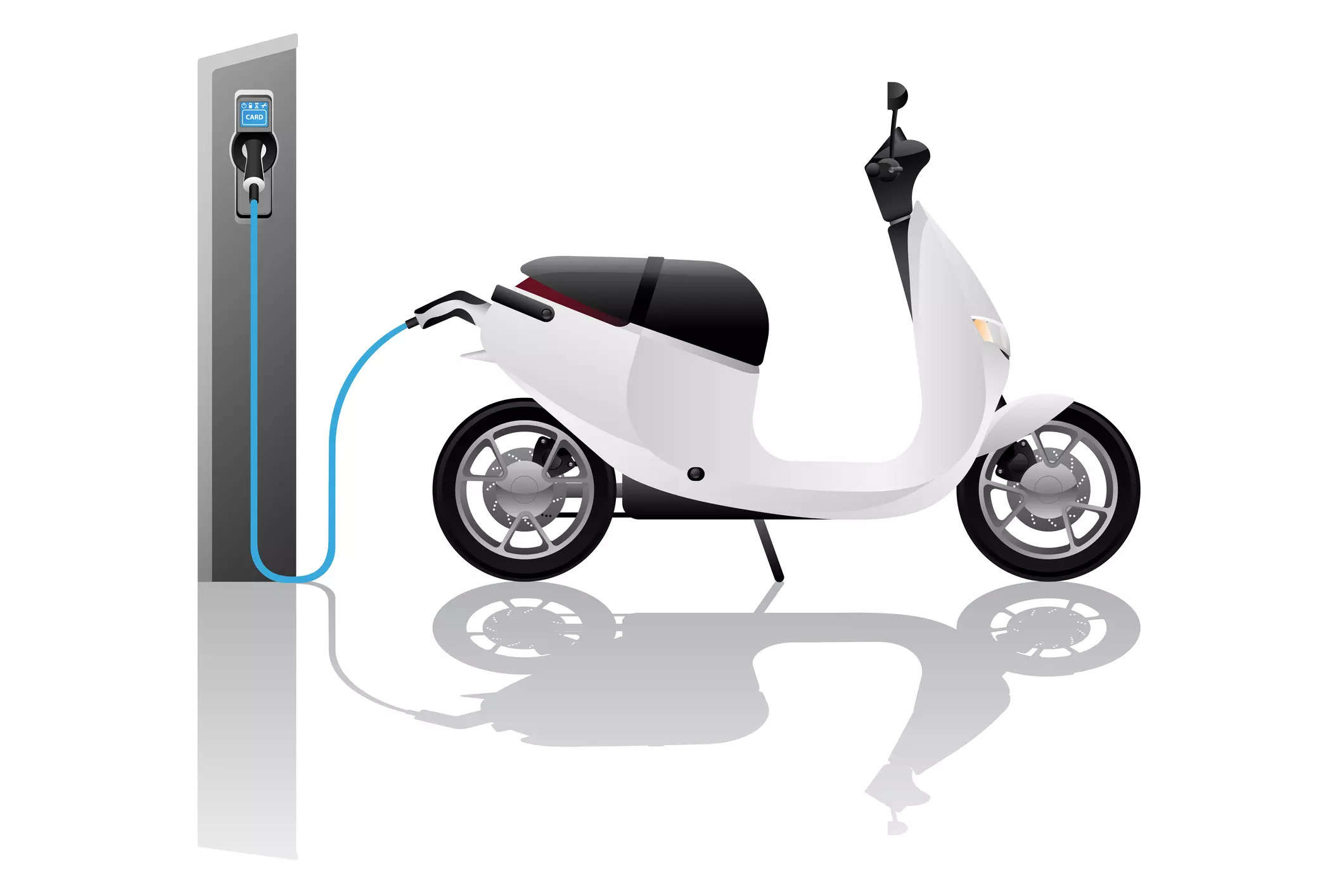“This can be a much bigger story than the 450 for Ather,” Tarun Mehta, co-founder of Ather said while announcing the launch earlier this month. The scooter will be available at a starting price of INR 109,999 (ex-showroom Bengaluru), which means it will be one of the most affordable models in the e-scooter play.
The family scooter segment already has established products from legacy OEMs – iQube from TVS Motor Company, Chetak from Bajaj Auto, Vida from Hero MotoCorp, and the Ola S1 Pro scooters. And more are lined up from the two legacy OEMs. Bajaj has promised more products in the electric tw0wheeler ( (e2w) space within this quarter and TVS has spoken of having a “complete portfolio” of offerings in the EV space in the new fiscal year.
Kaushik Madhavan, VIce President & Global Head – Mobility Advisory Markets and Markets, said that in the next 12-24 months, up to six more family electric scooter models from legacy and new age OEMS are expected to come into the market, and this number excludes products from second-rung OEMs.
In an increasingly competitive market, distribution strength may hold the key to success. According to an analyst who closely tracks e2w segment, Ather is already shedding its urban penchant and establishing showrooms and experience centres in tier I and tier II cities. This person said, at least one showroom from Ather has set up two experience centres in Mysore, a tier II city and the company is “seized of the importance of moving beyond urban customers”. Both, TVS and Bajaj, have multiple showrooms in the city.
On their part, the legacy OEMs have never doubted the need for a wide network. Earlier this year, Bajaj Auto had said that it opened a new Chetak store every two-and-a-half days in the December quarter of FY24, corrected the price to bring it on par with competitors who had unleashed massive discounts, and launched a new variant with improved performance. Bookings of the Chetak had begun galloping in January as a result of these initiatives and the company had set itself the target of selling 15,000 units per month. Bajaj was one of two remarkable success stories in the e2w space (the other is TVS) last fiscal, doubling market share within 12 months and aiming for further consolidation.In a call with analysts after the Q3 FY24 results, Executive Director Rakesh Sharma had said that Chetak sales galloped due to Bajaj’s widening distribution footprint, tackling any supply chain issues and pricing action.TVS had also emphasised the importance of the distribution network, saying iQube has been made available across over 400 touchpoints by the March quarter of FY24.
Naynish Kulkarni, Director – Growth Advisory at Frost & Sullivan, said that with the launch of Rizta, Ather may not garner enormous market share from competitor products in the ICE segment in the short-term. “However, its launch will provide customers a superior and well-engineered electric family scooter option to consider in the market. In order to increase market share, penetration in semi-urban areas will be crucial for the success of Ather’s family scooter.”
Rural challenge
According to analysts, apart from inadequate sales and distribution networks of new age e2w OEMs, lack of affordable financing options in the hinterland compounds their problems.
Whether it be NBFCs, micro finance organisations or banks – their understanding of e2w technology, charging infrastructure needs, longevity of battery etc remains limited as of now. E2w segment has not been in the market for long, and financers hesitate to offer solutions, impacting the adoption rate for electric scooters.
The adoption rate in rural areas therefore is driven by ‘low cost’ or vehicles manufactured by second-rung OEMs or Chinese OEMs. There is a significant price difference too, with established manufacturers selling their products anywhere between INR 1.1 lakh and INR1.3 lakh versus smaller OEMs selling at INR 70,000 to INR 80,000. This scenario is changing as financiers are beginning to understand the electric vehicle space.
Besides, with options such as ‘battery as service” and detachable batteries, e2w OEMs OEMs are already beginning to offer cheaper solutions to customers. Madhavan pointed out that some OEMs are offering the option of vehicle registration without battery (battery cost is about 45% of the total ownership cost) so that e2ws are becoming “a lot more affordable”. He said Ather is also offering Ather Battery Protect, which is a five year warranty/battery health assurance without restrictions on claims.
These innovative solutions by new-age OEMs could also significantly steer the market share dynamics, going forward.
Kulkarni of Frost & Sullivan said that electric scooter sales grew by more than a third (37.6%) between January and December 2023 white ICE family scooters did not touch double digit growth (9.8%). The future obviously lies in electric scooters. The question is whether new-age OEMs can beat the veterans at their game in a fast changing market.


